- presents Axis-Aligned-Bounding-Tetrahedron (AABT) and Axis-Aligned-Bounding-Octahedron (AABO) as alternative approaches to axis-aligned Bounding Boxes (AABB) to build acceleration structures
- displays the data structures in 2D and extends into 3D
- showing results and possible proposals for more research into the topic
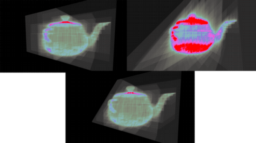
- frame breakdown of a single frame in the Anki engine
- clustered deferred engine
- discussing shadows, Screen space ambient occlusion, global illumination, Volumetric lighting/fog, reflections, tone mapping, and compositing
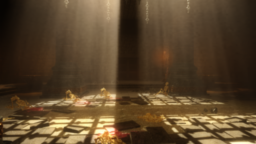
- the article explains what wavefront path tracing is
- how it enables efficient path tracing on GPUs
- implementation provided in Lighthouse 2
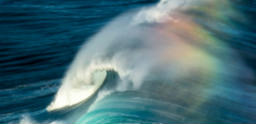
- provides an overview of Vulkan pipeline caching
- list of possible problems that can be encountered
- different driver behavior and IO issues require user code validation
- shows the system used by Roblox to validate the cache
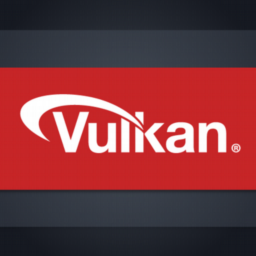
- slides for the High-Performance Graphics 2019 conference are now available
- topics include raytracing, 3D text rendering, denoising, many light techniques, shadows, VR and more

- A Shadertoy that shows the different components the define physically based rendering
- with explanations and demos of the separate components
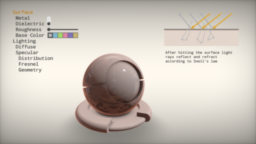
- GPU based validation in Vulkan has been updated
- now supports more cases, the article explains which are currently supported
- the whitepaper provides more details
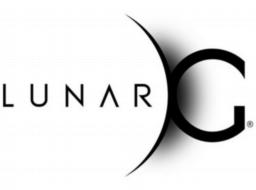
- Radeon GPU Analyzer can now compile compute shaders to the target ISA without having to have the GPU installed in the host machine
- the article explains how the shader compiler pipeline works and the different ways to express the required information

- an article explains the dot product and how it relates to the plane equation

- shows how the dot product and axis define matrices
- dot products can be used to decompose effects onto the axis
- 3 axis represents a 3x3 matrix
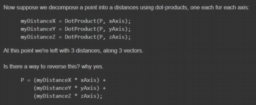
- the article shows that with the inverse-transformation applied to a ray origin and direction
- intersection tests can be done against the untransformed geometry
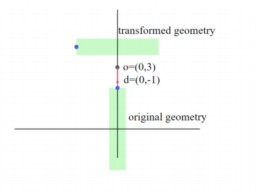
Thanks to Stephen Hill for support of this series.
Would you like to see your name here too? Become a Patreon of this series.